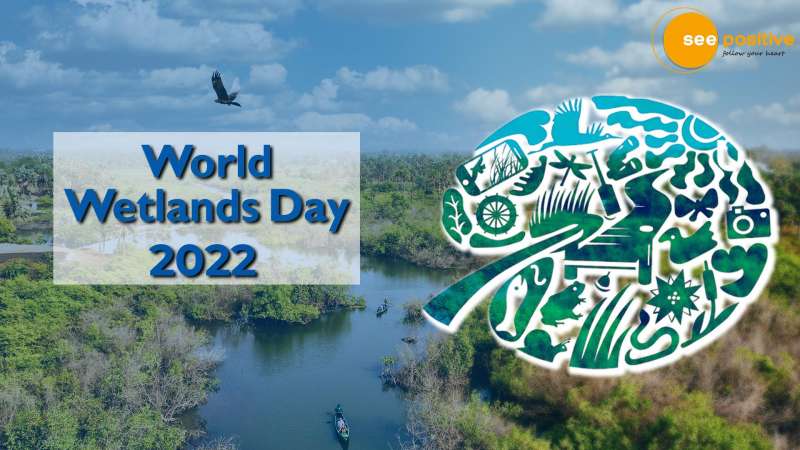

HIGHLIGHTS:
- World Wetland Day is commemorated Every year on February 2nd.
- The Convention on Wetlands was adopted on February 2, 1971 at Ramsar, Iran.
- Theme of2022:”Action by wetlands for people and nature”.
What is in the News?
Every year on February 2nd, World Wetland Day is commemorated. The goal of the day is to raise awareness about the value of wetlands around the world. The Convention on Wetlands was adopted on February 2, 1971 at Ramsar, Iran, and is commemorated on February 2. The Ramsar Wetland Convention is another name for it.
Theme
The World Wetlands Day in 2022 will be commemorated with the following theme:
“Action by wetlands for people and nature”
India’s wetlands
In India, there are 47 wetlands. They cover a total area of one million hectares. In the previous thirty years, India has lost 30% of its wetlands.
Wetland loss and its consequences
Water and food security, climate change mitigation, and disaster management are all harmed when wetlands are lost.
Wetlands are extremely important.
Wetlands play an important role in water security. They act as a deterrent to natural disasters such as flooding. They help to maintain complex ecosystems. They help to reduce soil erosion and combat climate change. Wetlands serve as carbon sinks. They are one of the best greenhouse gas sinks, particularly for carbon monoxide.
What exactly are wetlands?
Wetlands are defined differently in different countries. Wetlands in India are defined according to the Ramsar Convention. Wetlands are defined by the Ramsar Convention as both natural and artificial sites. Reservoirs, tidal flats, marshes, salt pans, swamps, lakes, and mangroves are all examples. A swamp is a piece of land that is permanently soaked with water. Water may or may not be used to cover it. The types of trees that grow in the marshes are dominant. Marshes, on the other hand, are wetlands that are permanently flooded and saturated with water. When seawater evaporates quickly, a salt pan forms. Rainwater replenishes it after that. Coastal wetlands are known as tidal flats. They form in the intertidal zone. Rivers and tides dump sediments in this area.


